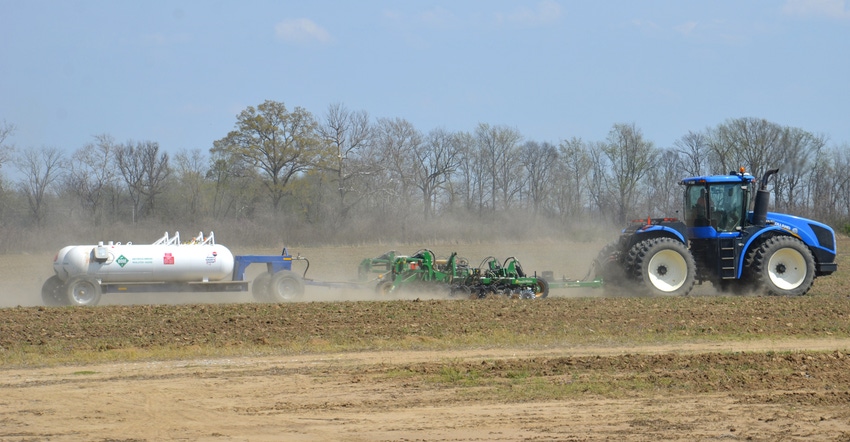February 22, 2022

One of the most exciting things I’ve done in my career is watch corn yields go higher. USDA pegged Indiana’s average corn yield at 195 bushels per acre in 2021. I still remember farming with dad in the 1980s and thinking we hit the big time when our farm averaged 190 bushels per acre.
Now, along comes 2022, and suddenly costs skyrocket. Ag economists I trust and agronomists I respect suggest thinking about maximizing profit instead of maximizing yield. Ag economists believe that should be the goal every year. They call it seeking the maximum economic return, or most profit, instead of maximum agronomic return, or highest yield.
OK, it’s probably good advice. After all, farming is a business. But after decades of watching yields increase, suddenly implying that yield should take a back seat goes against my grain. It might not be a shift everyone can do overnight.
Changing your mindset
Back up the truck a minute. Don’t you go after more yield to make more money? The more revenue per acre, the more money you make, right?
Ah, perhaps, there’s the rub. Some Roman in ancient times became famous for saying, “Seek moderation in all things.” Maybe that’s true, maybe not. Maybe it depends on what you’re moderating. But it partly explains where ag economists and agronomists are coming from when they suggest backing off on nitrogen for corn, or seeding rates for corn and soybeans.
Dan Quinn, Purdue Extension corn specialist, says the corn yield response to nitrogen is not linear. At higher nitrogen rates, each additional pound of nitrogen produces less extra yield than the pound before. If you’re after top yield, stop when the next pound doesn’t produce more corn. If you’re after maximum profit, stop when the next pound costs as much as the extra corn it produces.
Imperfect science
That all makes sense — to a point. But here’s a rub on the rub! Growing crops is part science, part art and part luck. You can’t predict the weather, and environmental conditions can throw a monkey wrench into an already complex system. How do you know when you’ve applied just enough nitrogen so the last pound makes more corn than it costs?
You don’t. You rely on history and scientific trials. Say you applied 195 pounds of nitrogen per acre in 2021 at 50 cents per pound for top yield. Now, it’s $1 per pound. The data says to maximize dollar returns, stop at 170 pounds. That saves $25 per acre.
But does it make more money? Ag economists note that if you apply at the reduced N rate, you may only get 98% of potential yield. At 200-bushel yields, just above the ’21 Indiana average, you’re giving up 4 bushels. At $5 corn, that’s $20 — history says you could net an extra $5 per acre. But at $6.25 corn, a possibility, that’s $25 per acre — a wash.
Here’s the real question. When you climb into the cab to apply nitrogen, can you cut back N rates to where you risk no longer producing the most corn? Even if it’s the right thing to do, it could be tougher to turn the dial or punch the button than it sounded when well-meaning advisers recommended the strategy.
You May Also Like




